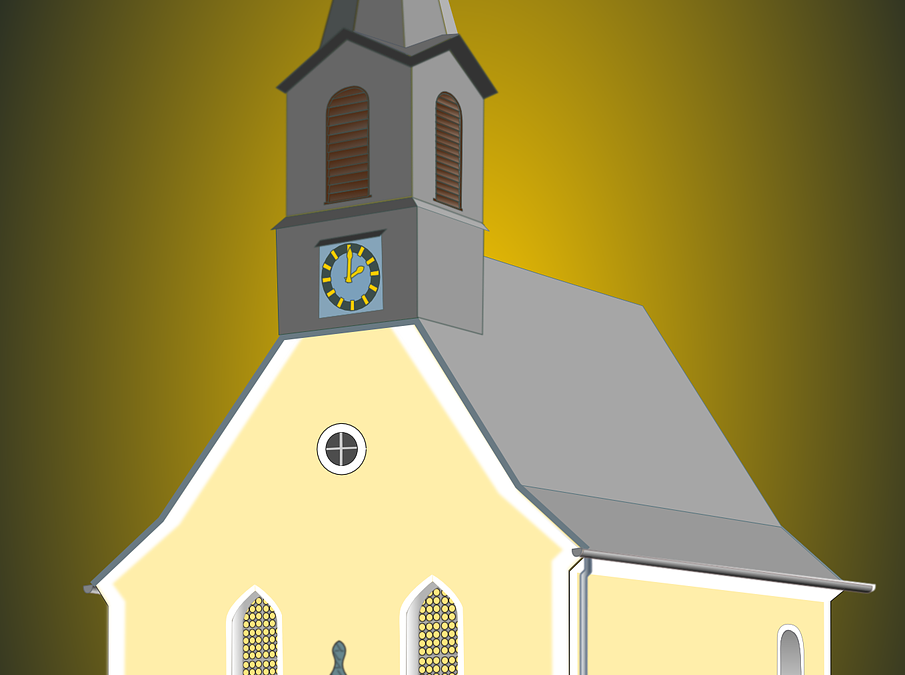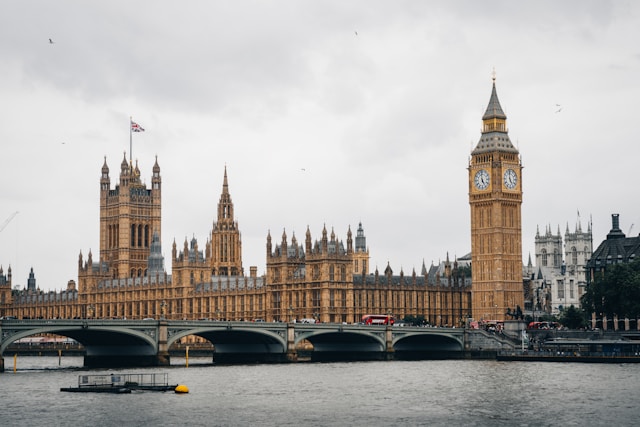
Commercial Awareness Update – W/C 13th November 2023
November 13, 2023
Applying the Beneish Model to Fraud Detection
November 19, 2023The judgement was given on the 26th of April, 2023, and the hearing and proceedings were conducted between the 13th and 14th of February, 2023.
Introduction
In 1990, Mrs B was sexually assaulted by an elder of the Barry Congregation of Jehovah’s Witnesses, Mark Sewell. In 2014, Mr Sewell was convicted of raping Mrs B and faced two additional charges for sexual assault in relation to two other people.
Background
Three years after securing a conviction against Mr Sewell, Mrs B filed a claim for damages against the governing body of the Jehovah’s Witnesses, Watchtower and Bible Tract Society of Pennsylvania, and the appellant, the Trustees of the Congregation. She claimed that, according to the law, they were ‘vicariously liable’ for the rape due to their close links to Mr Sewell, who was a somewhat senior member of the organisation at the time.
Mrs B received two rulings in her favour when her claim for damages was heard by both the High Court and the Court of Appeal. Following those rulings, the Trustees of the Barry Congregation of Jehovah’s Witnesses (the appellant) brought the case before the UK Supreme Court.
Before moving forward, it is important to understand the concept of ‘vicarious liability.’ Vicarious liability in tort is a unique form of legal responsibility where a defendant is held liable for a tort, not because they committed the tort themselves, but because a third party (tortfeasor) committed the wrongful act. This type of liability is often considered similar to strict liability since it doesn’t require proving the defendant’s fault. However, it differs from strict liability because it doesn’t impose personal liability on the defendant. Instead, it’s a form of secondary liability.
Whilst there have been other cases that have dealt with vicarious liability, especially in the context of employee and employer relationships, this case is different as the relationship between the initial defendant (Trustees of the Barry Congregation of Jehovah’s Witnesses) and the tortfeasor (Mr Sewell) did not have such nature. The fact that this case also deals with rape, which is considered an intentional tort, makes it even more complex.
The case was heard before Lord Reed, Lord Hodge, Lord Briggs, Lord Burrows and Lord Stephens. Their final judgement was unanimous.
Court of Appeal Decision
In the Court of Appeal, the Trustees of the Barry Congregation (the second defendants) appealed the High Court’s vicarious liability decision. The Court of Appeal, with Bean, Nicola Davies, and Males LJJ, unanimously affirmed the decision, satisfying both stages of the vicarious liability inquiry. Nicola Davies LJ delivered the main judgement.
In the first stage, they examined the relationship between the elders and the defendants to determine if it could result in vicarious liability. Nicola Davies LJ argued that the relationship resembled employer-employee dynamics. The Jehovah’s Witness organisation’s hierarchical structure and control justified vicarious liability.
In the second stage, Nicola Davies LJ assessed the authority granted to elders and physical proximity as critical to establishing a close connection. She accepted the judge’s conclusions on this front.
Males LJ focused on whether Mark Sewell’s elder status conferred power over the victim and if the rape resulted from an abuse of that status. He identified four key factors, including members’ submission to elders and elders’ awareness of Mark Sewell’s inappropriate behaviour. In Males LJ’s view, the rape occurred due to Mark Sewell’s elder status, warranting vicarious liability.
However, it is important to note that Males LJ also acknowledged factors against vicarious liability, such as the victim’s adulthood and choice to associate with Mark Sewell. The rape did not occur during a religious duty and involved violence rather than acquiescence because of his elder status. Nevertheless, the Court of Appeal upheld vicarious liability, establishing a relationship akin to employer-employee and a close connection between Mark Sewell’s elder status and the rape.
Supreme Court Decision
In the appeal case, the court examined the vicarious liability issue, drawing inspiration from Lord Phillips’ judgement in the Various Claimants v Catholic Child Welfare Society (“Christian Brothers”) [2012] UKSC
- 56. The focus was on the policy reasons for vicarious liability outlined by Lord Phillips. Lord Reed emphasised the importance of three specific policy factors: the tort being committed while acting on behalf of the employer and as part of the employer’s business, and the employer creating the risk of the tort. These factors provided a foundation for vicarious liability beyond the scope of a standard employer-employee relationship.
The appeal involved the Trustees of the Barry Congregation, who contested their liability. The first defendant, the WatchTower and Bible Tract Society of Pennsylvania, had agreed to satisfy any judgment against the Trustees. The court considered the nature of the relationship between Mark Sewell, an elder, and the organisation. Despite a lack of detailed information about the alleged “quasi-employer,” the ecclesiastical Britain Branch Office of Jehovah’s Witnesses was identified as the entity akin to the quasi-employer, acting on behalf of the Watch Tower Bible and Tract Society of Pennsylvania. The court concluded that the Watch Tower Bible and Tract Society of Pennsylvania was the correct defendant for vicarious liability.
At the first stage of the vicarious liability analysis, the court evaluated the relationship between the organisation and Mark Sewell. Despite some confusion in the lower court’s reasoning, the court affirmed that the relationship resembled employment due to various factors, such as hierarchical structure and assigned duties, justifying vicarious liability.
In the second stage, the court scrutinised the close connection between Mark Sewell’s elder status and the rape incident. The court found that the rape was not closely connected to acts authorised by Mark Sewell’s role as an elder. Factors such as the absence of elder-related activities during the incident, the absence of control exerted by Mark Sewell due to his elder status, and the lack of a direct progression from prior behaviour to the rape led to the conclusion that the close connection test was not met. Additionally, considering the policy of enterprise liability underlying vicarious liability, the court found no justification for imposing the cost or risk of the rape on the Jehovah’s Witness organisation.
In summary, the appeal was allowed, and the Jehovah’s Witness organisation was not held vicariously liable for the rape committed by Mark Sewell.
Commentary
This case highlights the failures of lower courts, who failed to consider vital parts of the case. The lower courts did not provide clear information about the nature of the “quasi-employer,” leaving some ambiguity in the case. The Court of Appeal did recognise that there were factors against vicarious liability, yet their importance was undermined.
Written by Paola Ivanova





